Every person is a special kind of artist and every activity is a special kind of art. An artist creates out of the materials of the moment, never again to be duplicated. This is true of the painter, the musician, the dancer, the actor, the teacher, the scientist, the business man, the farmer – it is true of us all, whatever our work, that we are artists so long as we are alive to the concreteness of a moment and do not use it to some other purpose. – MC Richards
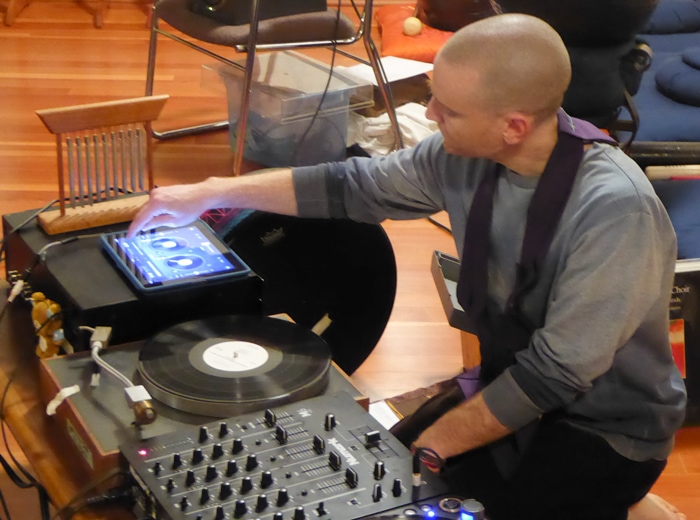
What is Art?
We are meeting on Monday morning for our first ceramics class in the old casting room at Great Vow.
Breathing life into this forgotten school room, Shinei’s open presence and optimism has brought the 10 of us, to awaken early on our only day off and traipse down to this dusty forgotten basement space now sprinkled with bright eyes and curious hearts, hammering desiccated clay – filling buckets of water, to reconstitute.
Reconstituting clay, a block – hard-formed; uncompromising
unbinds in water – releasing comfortable holds
In this world of form – to stay malleable requires some degree of effort.
What is clay’s natural state?
Perhaps it always depends on conditions.
Perhaps it is only how you meet it.
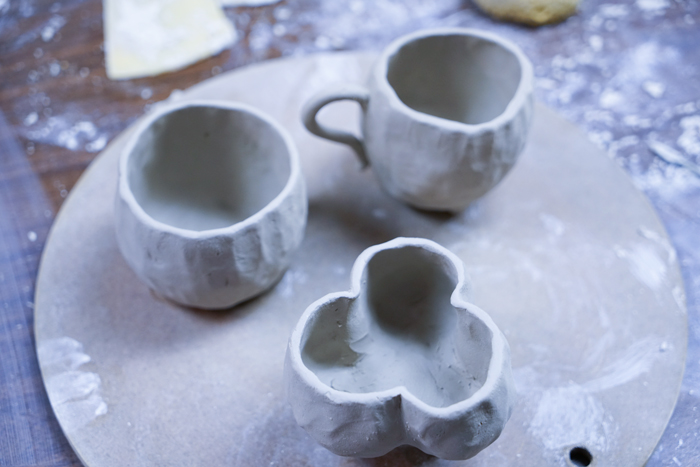
As we work we ponder the question, “what is art?” out loud and an interesting poetic conversation emerges.
Art is the natural process of expressing true nature. The universe aware of itself, further engaging the creative force – to connect, to understand herself, to express love for all beings.
Art is the display of truth and beauty.
Art is the natural expression of everyone and everything.
Maybe it is a better question to ask: what is not art, someone chimes in.
Or what mind does not allow us to see beauty, to see art everywhere?
Art is a practice, one of both introspection and investigation, a process of divine play. It is an offering, a recognition and an extension of our one Heart – dancing the shape of existence.
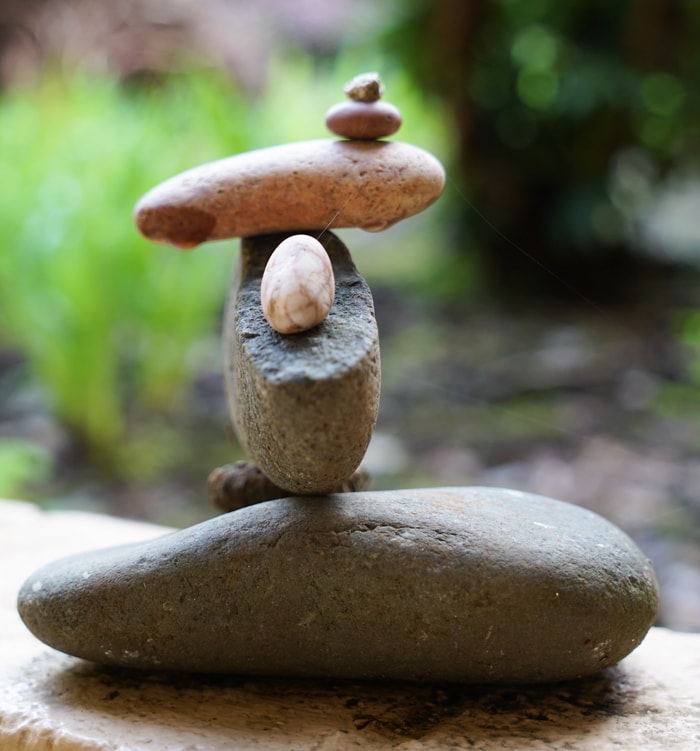
Single-Pointed and Open: The Heart/Mind of an Artist
What one seems to want in art, in experiencing it, is the same thing that is necessary for its creation, a self-forgetful, perfectly useless concentration. – Elizabeth Bishop
Soten Lynch, one of the ordained at Great Vow, has practiced music on and off for most of his life, but once he came into residency almost seven years ago, its relation to his spiritual life became apparent.
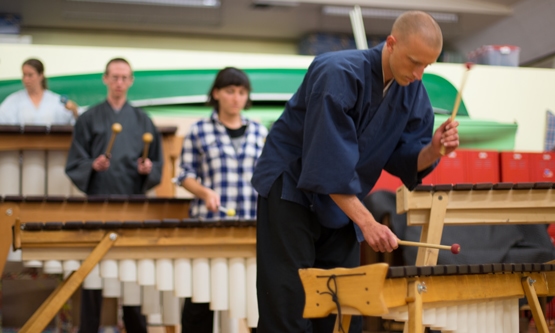
Much of the enjoyment Soten gets from making music comes from its disconnection with the thinking mind and the embodied presence that accompanies the player or listener. He describes every song as having its own physical space and enjoys being able to explore that space. The immediacy and physicality of music adds to the corporeal quality of the practice that allows “a disappearing into” the sound that, to Soten, is crucial in getting the piece to come together. When fully engaged in singing or playing an instrument, where does the sound begin and your body end?
By concentration I mean a particular state of awareness: penetrating, unified and focused, yet also permeable and open…–Jane Hirshfield
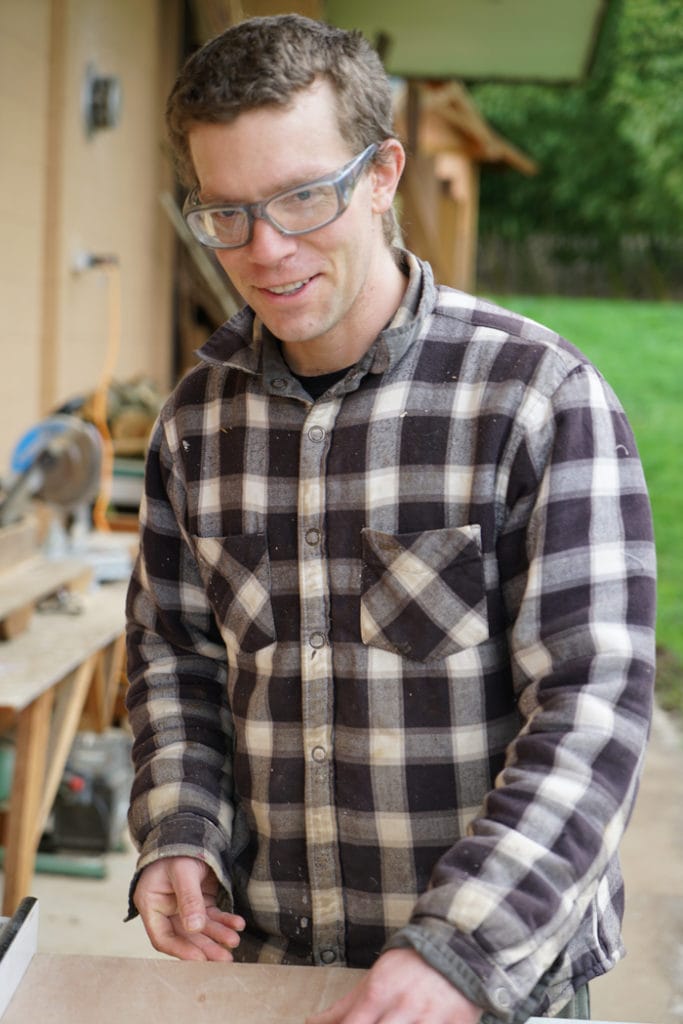
“I agree,” says River. “Art is extremely contemplative. Sometimes I am drawing and I get so absorbed, I lose contact with time and with myself. I look down at these hands, and I ask—who’s drawing this? It’s like the drawing is not my own. Something is moving through me, something much larger.”
The experience of concentration maybe quietly physical—a simple, unexpected deep accord between yourself and everything…Within action, it is felt as a grace state: time flow’ and extends, and a person’s every movement seems to partake of perfection…In the wholeheartedness of concentration, world and self begin to cohere. With that state comes an enlarging: of what may be known, what may be felt, what may be done.-Jane Hirshfield
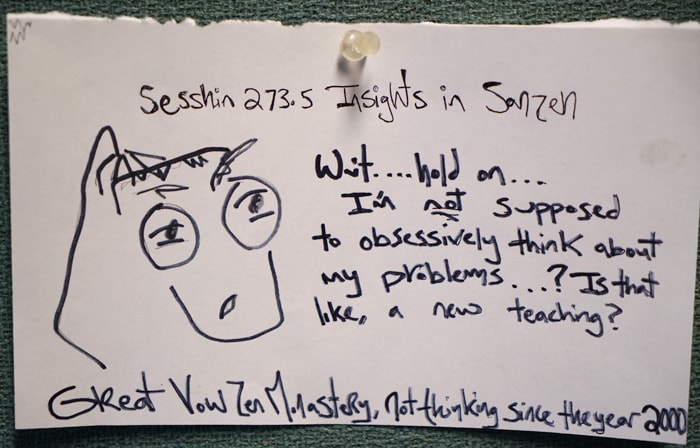
How can we develop this kind of concentration? Is this not our practice of zazen? Here are Chozen Roshi’s meditation instructions to help us recognize and open the still, quiet, expansive heart/mind:
Sit down and keep the body still…
Become uninterested in your thoughts.
This is not easy.
It may take days of sitting, or special practices.
A simple practice is to imagine that the mind is a radio that is able to turn itself on.
A very good way to open concentration is through complete, deep and undivided attention on one thing.
It doesn’t matter what it is, it could be a word or tone, it could be a flower, or the sky, or a broken bit of concrete.
Attention to breath or sound work particularly well.
They are at once inside and outside, they bridge conscious and unconscious awareness, they are always in the present moment, and they are always available.
Working in this way is like working on making the shy forest animals come to you.
You must sit as still as a rock, forgetting you have a human body.
You must withdraw your human personality, become an intention so pure that you drop all wanting, for if the wild and original ones detect its pushing, they will not advance forward.
Your body must become an unmoving rock or an upright tree, your breath a breeze, your mind without a single human thought, only wide open in pure awareness.
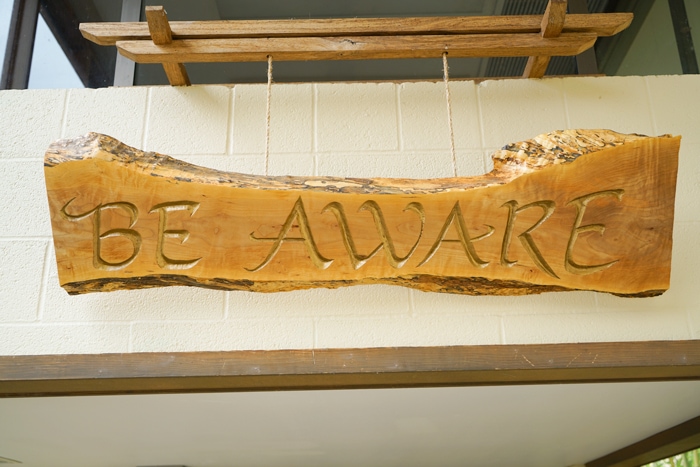
At Home in the Mystery
Don’t expect. Open yourself to discovery. Enjoy the mystery. All the good stuff is hidden in the dark corners. It’s what gives life its sense of vitality. –Daido Roshi
Onkatsu, one of our sangha members and the teacher of the upcoming class “Improvisation: Mindfulness in Action,” began studying improvisational theater in the late nineties. Improvisation or “improv” is a theatrical form where most or all of the performance is devised by the performers in the midst of acting with little or no forethought.
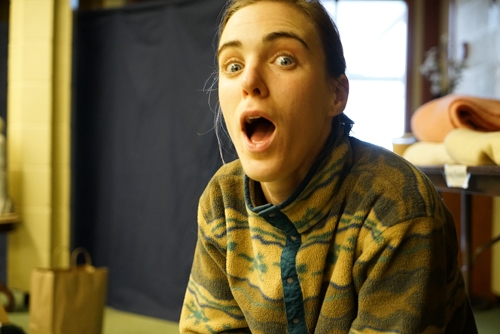
Improvisation asks you to drop all plans and engage directly with what is in front of you, which can put the performer in a very vulnerable position. The performer has no idea what’s going to come out of her mouth or what the other actors are going to do. The reason this vulnerability can be sustained is the creation of a safe container amongst performers to say whatever comes to them and make mistakes- that and faith. By doing improv, Onkatsu mused, we are trusting our innate nature, spontaneity and the universal “creative impulse.”
It’s like the Zen koan, Step forward from a 100 foot pole. How do you step forward? Each moment of life asks this. Step forward into the unknown. Trust. Have faith. Improv is a way of heightening our attention. Each moment an immediate request, here, now – manifest your whole body in the ten directions. Onkatsu’s Improv teacher would say it, “Look for the space that needs you most.”
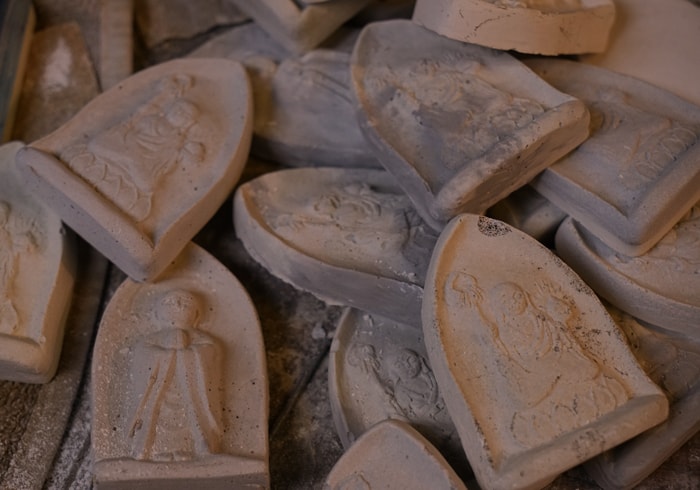
Improv, like Zen, then is not about creating anything extra and creativity is not so much about what is there but the spaces between things. Zen gave Onkatsu a greater understanding of the spaciousness that exists around and between everything from words and movements to thoughts and breaths. It is from this seemingly empty space that creativity comes forth.
There is a part of making music that goes beyond the personal as well as the collective. Soten describes the emotion that inspires a song as “a wordless place without sound out of which sound comes.” The process of teasing out that sound is still completely mysterious to him and increasing engagement with the soundless, formless mystery in this way does not make it less enigmatic.
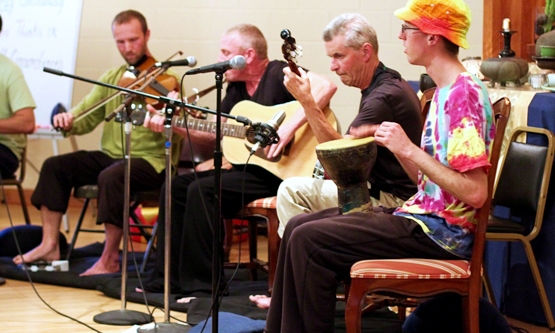
To him, music serves as one tool among many to foster engagement with the mystery, or what has not been said yet. For him, creativity is not so much the act of calling something into existence but of listening and engaging with a sound or a melody until it reveals who it’s “supposed to be”. It is in this process where Soten finds zazen to be most applicable. The practices of emptying the self out and letting go that seated meditation cultivates allows for an openness to the music that is already there.
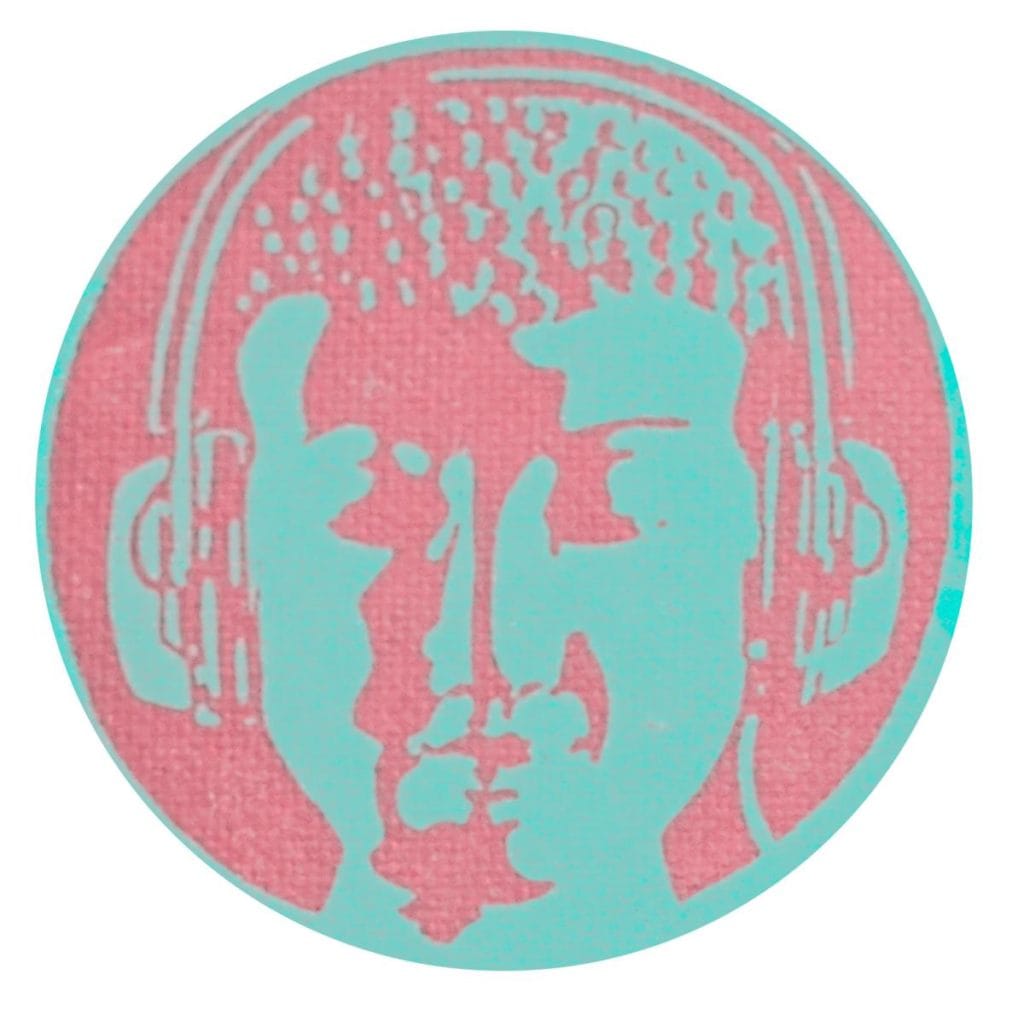
Don’t try to meditate. Hearing is natural. We don’t have to effort it.
Rather, open awareness and immerse yourself in the sounds.
Try and become a clear space for the sounds to unfold within. Listen with the eyes.
Be like a vast ear. Be an empty resonating chamber, clear but full of vibrations.
Relax and open and lean into the unfolding sound-moments with devotion and self-forgetfulness. –Jogen Sensei
Mary Oliver calls the art of writing poetry convivial listening. Listening to the mystery, becoming one with the wonder and dance of this world, the unknowable discovering itself through us. Whenever I write I find it completely necessary to clear the mind, to enter the quiet silence and rest, receptive and still. Sometimes there is a poem lying in waiting, sometimes insight into a koan, sometimes vast silence – a pregnant space, innchoate, the cusp of life and death. And it is OK to not-know, to be silent, to be immersed in the listening, to be the medium from which the universe creates and to dwell there for a while, liminal and awake.
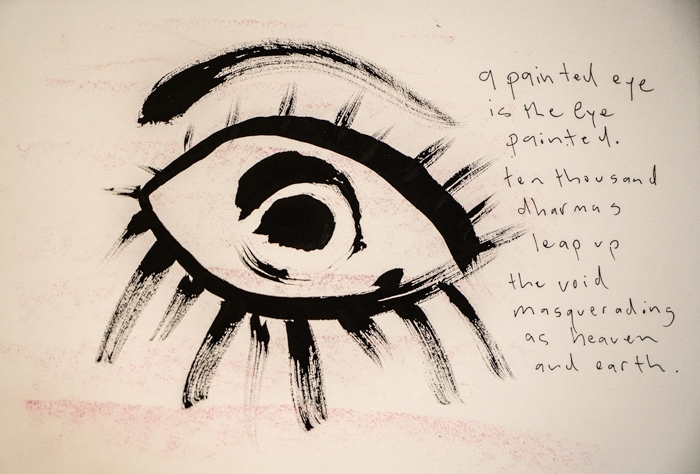
Every good poem begins in language awake to its own connections – language that hears itself and what is around it, sees itself and what is around it, looks back at those who look into its gaze and knows more perhaps even than we do about who and what we are. –Jane Hirshfield
Listening by Rumi
What is the deep listening? Sama is
a greeting from the secret ones inside
the heart, a letter. The branches of
your intelligence grows new leaves in
the wind of this listening. The body
reaches a peace. Rooster sound comes,
reminding you of your love for dawn,
The reed flute and the singer’s lips:
The knack of how spirit breathes into
us becomes as simple and ordinary as
Eating and drinking. The dead rise with
the pleasure of listening. If someone
Can’t hear a trumpet melody, sprinkle
dirt on his head and declare him dead.
Listen, and feel the beauty of your
separation, the unsayable absence.
There’s a moon inside every human being.
Learn to be companions with it. Give
more of your life to this listening. As
brightness is to time, so you are to
the one who talks to the deep ear in
your chest. I should sell my tongue
and buy a thousand ears when that
one steps near and begins to speak.
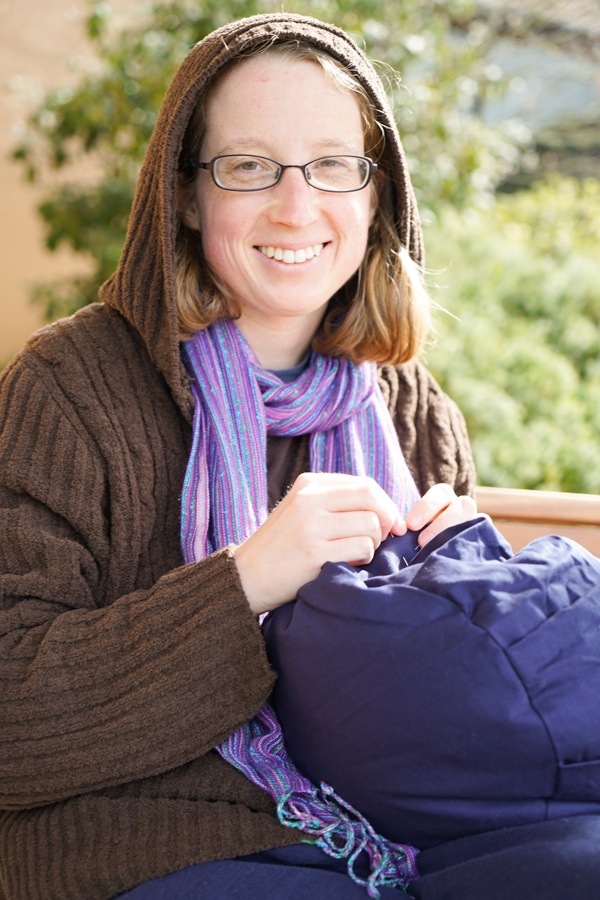
The creative spirit creates with whatever materials are present. With food, with children, with building blocks, with speech, with thoughts, with pigment, with an umbrella, or a wineglass, or a torch. We are not craftsmen only during studio hours. Any more than a person is wise only in their library. Or devout only in church. The material is not the sign of the creative feeling for life: of the warmth and sympathy and reverence which foster being; techniques are not the sign; “art” is not the sign. The sign is the light that dwells within the act, whatever its nature or its medium.—MC Richards
Interviews by : Chloe Margherita
We have many Opportunities to Discover, Exercise and Play in the Creative Heart this Spring:
March 24 – 25 Improvisation: Mindfulness in Action
April 1 – 30 The Poetics of Inter Being : A Month Long Online Poetry Writing Workshop
May 24 – 27 The Painting Experience : Exploring Non-Dulaity through the Painting Process
